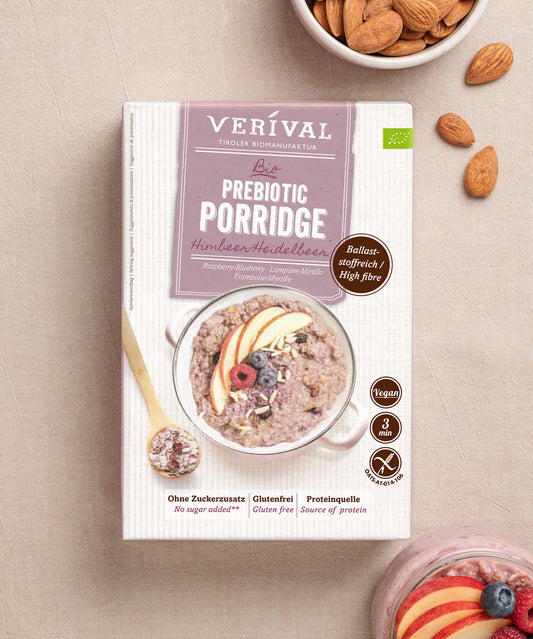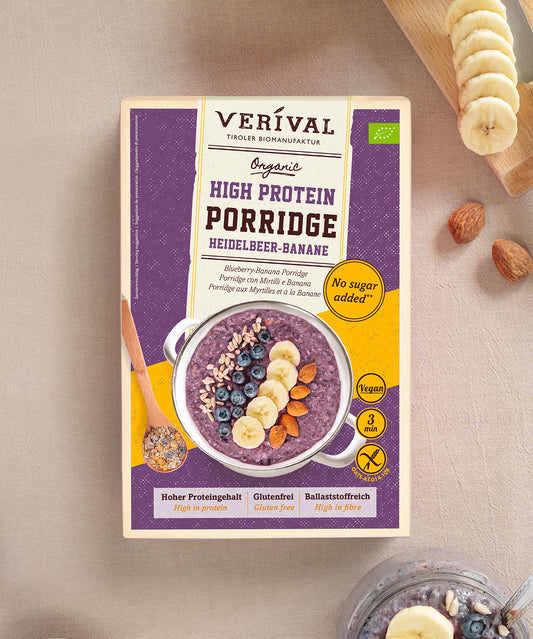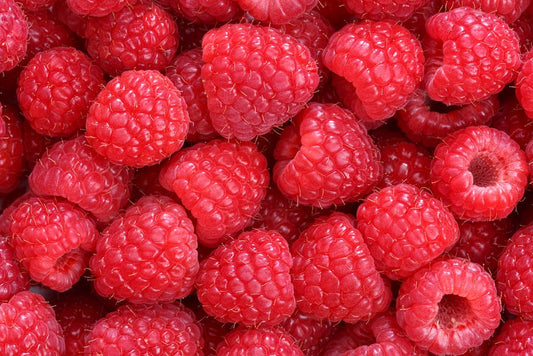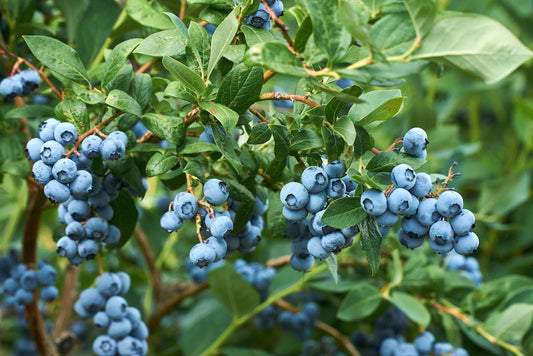Urkorn – you have probably heard of this special type of grain before. As the name suggests, it has something to do with the original form of grain. Ur means “old”, but anyone who now thinks that “old” is something negative in this sense is mistaken.
But what exactly is ancient grain and what is the story behind these “old” types of grain? And what do we at Verival have to do with this special grain? We will tell you all about it in our basic article on the subject of ancient grain.
Ancient what? What exactly is ancient grain?
Urkorn refers to the original grain varieties that have now largely been replaced by modern grain varieties bred for maximum yield. However, in recent years the original varieties have enjoyed a surge in popularity and are currently celebrating a major comeback.
Urkorn has already come a long way – but why switch back from high-yielding, modern wheat to original grain? There are a few reasons for this. Heritage grains are better tolerated than their relatives, they taste more intense and are richer in nutrients. If that's not enough of a reason for you, it should be noted that heritage grains also benefit the soil and climate – they promote biodiversity and protect the soil, as the old varieties do not leach the soil as much.
Organic farmers particularly appreciate the fact that the so-called spelt cereals such as spelt, emmer and einkorn are particularly unencumbered by environmental influences. Their grain is surrounded by a firm shell that protects it from acid rain, fine dust or spore fungi.
Emmer and einkorn wheat are also characterized by low nutrient requirements and can be grown on dry and infertile soils. The particular advantage of ancient rye, for example, lies in its strong and fine root system. It permeates the entire field and prepares it for subsequent vegetable and grain cultivation.
It may be that modern wheat would be the “easier” solution, but if you want to be responsible to yourself and the environment, you should consider ancient grains. But what about the history of ancient grains?
Discover the full range of muesli
The long adventure of ancient grains – the history
In the mid-1950s, Peter Zübli, an agronomist, made a remarkable discovery. On a small farm in Buus, Switzerland, he found a few grains that later turned out to be rare white emmer wheat. This ancient grain was then added to the Pro Specie Rara database of heirloom varieties. At the time, no one could have imagined that these grains would be the source of a success story some 40 years later.
That was when biologist Markus Jenny created a show garden with old varieties of grain, including the rare emmer and einkorn. He wanted to use it to study the diversity of animals and plants in the field. For example, it was possible to scientifically prove that ground-nesting birds, such as the skylark, benefit from the extensive cultivation of emmer and einkorn. In addition to these new perspectives for species protection, the project also brought an additional ecological added value: the farmers in the area liked this initiative and went along with it. Today, emmer and einkorn are organically cultivated on around 200 hectares, and consistently sustainable products are made from them.
Ancient grain varieties such as emmer, einkorn and spelt were already being cultivated thousands of years ago. But the new types of grain, bred for maximum yield, have displaced the ancient grain. With the advent of the organic food movement in the early 1990s at the latest, the robust plants celebrated their revival and are now being grown again in increasing quantities as high-quality, organically produced food, especially in Germany, Austria and Switzerland.
Is ancient grain healthier than modern grain?
The short answer: yes! But the longer answer is not particularly difficult to understand either. It is actually quite simple. They have a higher protein content, more minerals and more carotenoids.
While the wheat grain has also been modified in its gluten structure by new breeding methods, and thus the gluten content has steadily increased, the ancient grain varieties have been preserved in their original low-gluten form. The result is better tolerability. Fiber has also been better preserved in the ancient grain varieties – the benefits of fiber in the human body are primarily reflected in digestion.
Spelt, for example, is an ideal alternative to wheat – it contains more protein and more vitamins. And there is another great feature of this ancient grain: it is a very good source of the building blocks for serotonin, also known as the “feel-good hormone”, which is said to have a mood-enhancing effect.
























